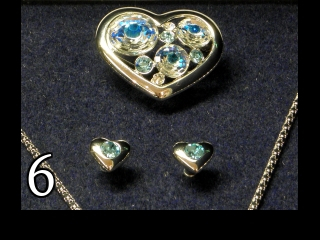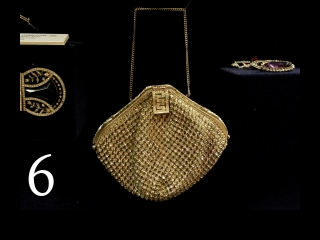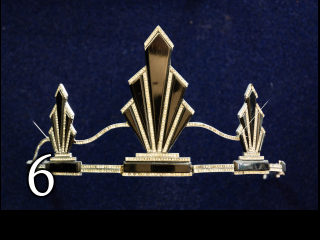Museum of Glass and Jewellery in Jablonec nad Nisou




Costume jewellery stones
Transcript
These are small glass elements, their shape and colour often imitating precious stones. Since the 1870s, the back of the stones was covered with a glossy silvery layer to increase their effect and the reflection of light. It also helped distinguish real precious stones from the stones used in costume jewellery. As the cutting of costume-jewellery stones was a demanding job, it resisted mechanization until the end of the 19th century. The patent for the first really functional machine for cutting costume jewellery stones was granted for Austro-Hungary in 1892 in Vienna jointly to Daniel Swarowski, his father-in-law Franz Weiss and the Paris merchant Armand Kosmann. It was not, however, introduced into production in the Jizera Mountains, but in Austria. The first mechanical stone-cutting shop in Jablonec nad Nisou was set up by the Jäger brothers, who used machinery of their own construction. The company Preciosa is continuing in the traditions of the Gebrüder Jäger company. The colour cards and patterns of cuts of glass stones on view in the upper part of the showcase are from Preciosa. Because the intention was to create perfect imitations of precious stones including diamonds, grinding was performed using the same geometric patterns as for gemstones. Gradually, the production of glass stones turned into a distinctive industrial branch that exploits to the full the specific properties of glass. Moreover, a whole range of so-called “special” stones has emerged, without any parallel in nature. Because of its favourable price, the material allows for experimentation and the creation of large spatial forms used in modern design. An example is the pear-shaped pendant or the combined stone “Livia” from Preciosa. High-lead glass suitable for the production of imitation diamonds is called rhinestone in English, and štras in Czech. Its name derives from the Austrian-born Paris goldsmith Joseph Strasser, who invented this material in about 1760. Rhinestone is also called paste or strass in European countries. Since the 1890s, cut stones called chatons are made from a special vitreous ‘rhinestone’ mix with a high refraction index. Their cut imitates that of diamonds; on the back of the stones is a silver mirror and a layer of varnish. Even glass stones were eventually imitated – using plastics, which have been widely used in costume jewellery since the 1870s. The tiara shown here is decorated with flat black stones made from Bakelite. The materials currently used are either polycarbonate or acrylate. Plastic stones are very popular not only because of their price, but also their lower mass.
